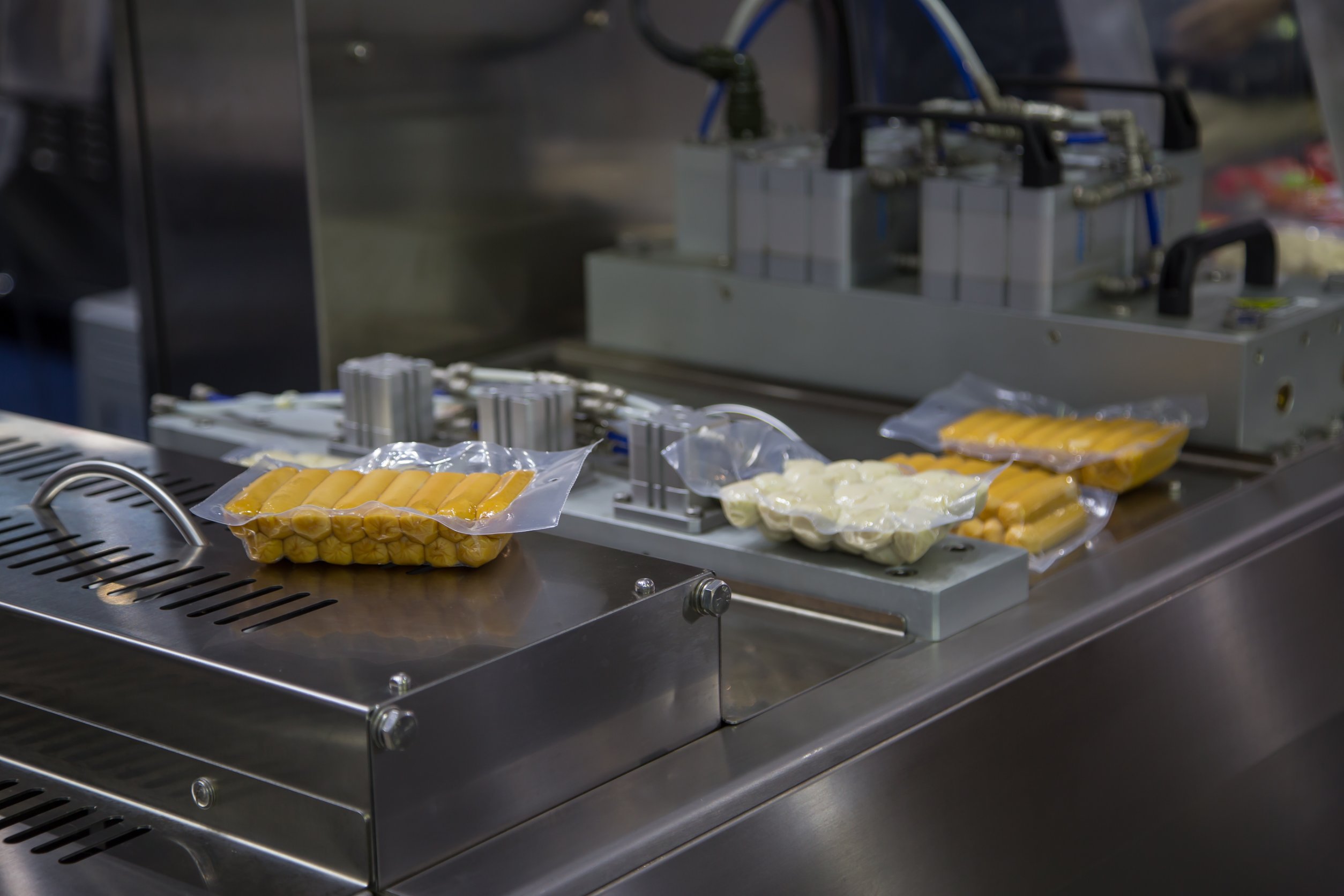Any product packaging can be a difficult endeavor, but food packaging is extremely hard. So much must be considered before deciding on a packaging material for food items, and current supply chain kinks are not helping matters, as some popular materials are limited or not available at all. Incompatibilities in packaging materials can cost you big time in the food industry since those incompatibilities can lead to spoiled, unsaleable products. In this post, we’ll go over some of the most important material compatibility considerations for food packaging and processing.
Heat
There are two different temperatures you must consider when choosing packaging and processing materials for food items – the packaging temperature and the outdoor temperature. Some food items are packaged while still warm or hot, to put extra stress on the packaging to hold up to the heat until the product cools. Additionally, since the food products must be shipped out to be sold in stores, the outdoor temperature can have a big effect on shipping. If your food product needs to stay cooler, then opting for a packaging material that insulates to keep heat out would be ideal. However, even with the best packaging, a box of chocolate bars shipped out in 90-degree weather isn’t going to make it.
Acidity
Heat isn’t the only thing waiting to destroy your food product packaging. Many food items are acidic, meaning they can be corrosive when exposed to certain other materials. A popular example is a soda, which you may believe is stored in plain aluminum cans…but it’s not. In fact, there’s a liner in all those soda cans that keeps the soda from making contact with the aluminum, because this would cause a corrosive chemical reaction.
When dealing with acidic foods, special precautions must be taken to keep the acidic substances away from any packaging that may deteriorate. It’s important to know how much contact the acidic food will have with the different packaging materials (we’ll talk about this more in the Time section).
Flow
Another unique element of food packaging is determining the effect of flow on packaging materials. Liquids and semisolids all have to flow in and out of the packaging at some point, and that flow can create friction and erosion if the correct packaging material is not used. Compounding this issue is pressurized or “squeeze” type packaging (think ketchup or mustard bottles), which adds even more pressure and friction to the materials. Time also plays a part in determining the effects of flow, which we’ll touch on more next.
Time & Expected Lifespan
Time is a huge component in determining the appropriate packaging material for your food products during processing, shipment, and shelf-life. Some packaging materials can withstand acidic ingredients or high flow for a short amount of time but will begin to fall apart with long-term exposure. If your products go through intense processing conditions, long-distance shipping, or extended time on the shelf, you’ll need to make sure you’re using packaging materials that can stand up to the circumstances.
Lifespan is another important consideration related to time. Your packaging materials may be able to stand up to acidity, pressure, and flow, but still, begin to deteriorate after a certain amount of time passes due to it reaching the end of their expected lifespan. Always ask about the overall expected lifespan or any packaging material you choose so that your packaging doesn’t end up looking ragged sitting on the shelf while the product inside is still good.
Cost
Cost is always a consideration when choosing a packaging material for any product. The special requirements of food storage and transport make some food packaging cost more by default. This is why it is so important to really hammer out the expected packaging costs before any type of production begins. Surprise packaging costs can seriously derail your profit margins.
Supply Chain
This post wouldn’t be complete without a short discussion on the supply chain and how this affects every other thing we’ve mentioned so far. Supply chains worldwide are still reeling from the effects of the COVID-19 pandemic, and full recovery will likely not happen for years or more, if ever. These supply chain interruptions make securing a consistent and affordable supplier of packaging materials difficult. Because you may face searching for second or third options for material suppliers, it is extremely important to vet suppliers and ask lots of questions about what you’re getting before placing any orders. There are always going to be people out there looking to take advantage of businesses facing supply shortages, so be vigilant about sourcing and procurement.
High-Quality Food Packaging Equipment by Econocorp
No matter what type of food packaging you choose, Econocorp has the right equipment to get your products from the line to the retail shelf with consistency and speed. We offer machine types for all your production line needs, from manual to fully automatic. To get started designing the perfect equipment package to revolutionize your operations, call us at (781) 986-7500, email info@econocorp.com, or contact us online.

